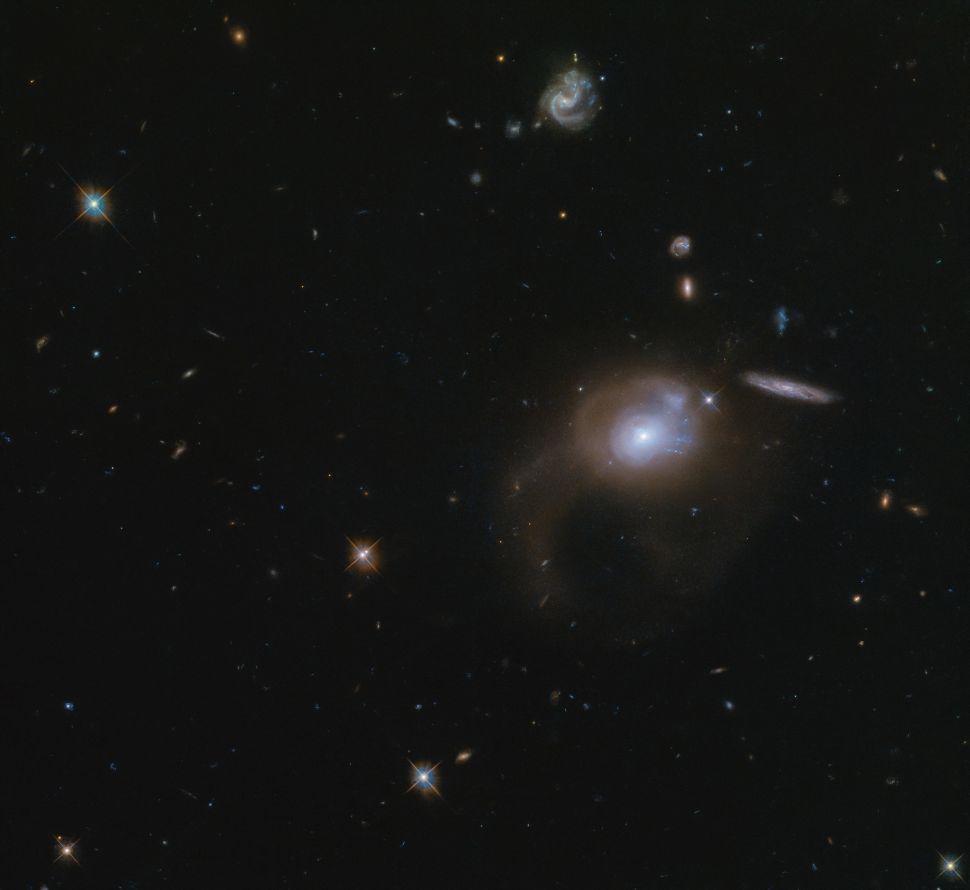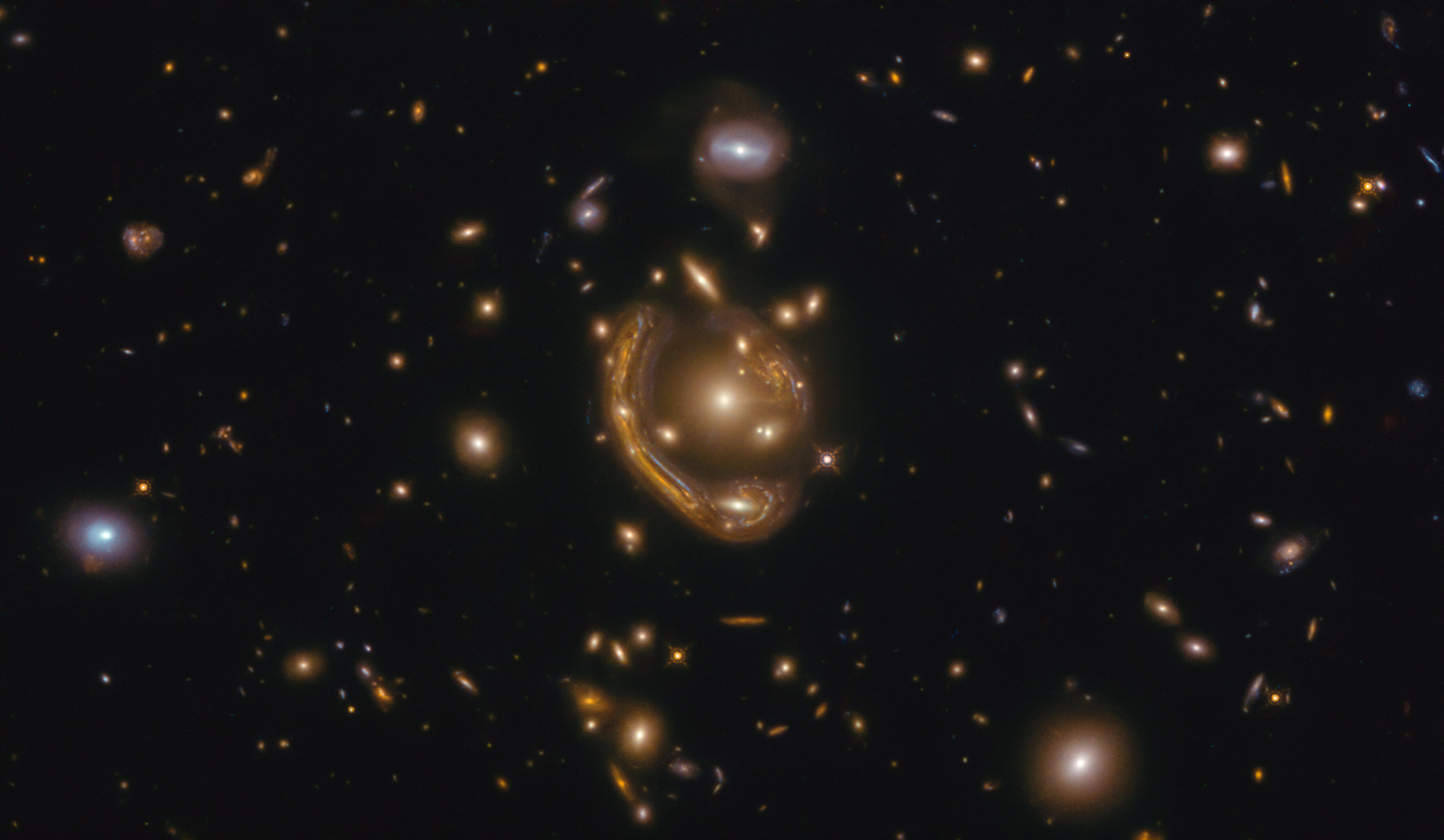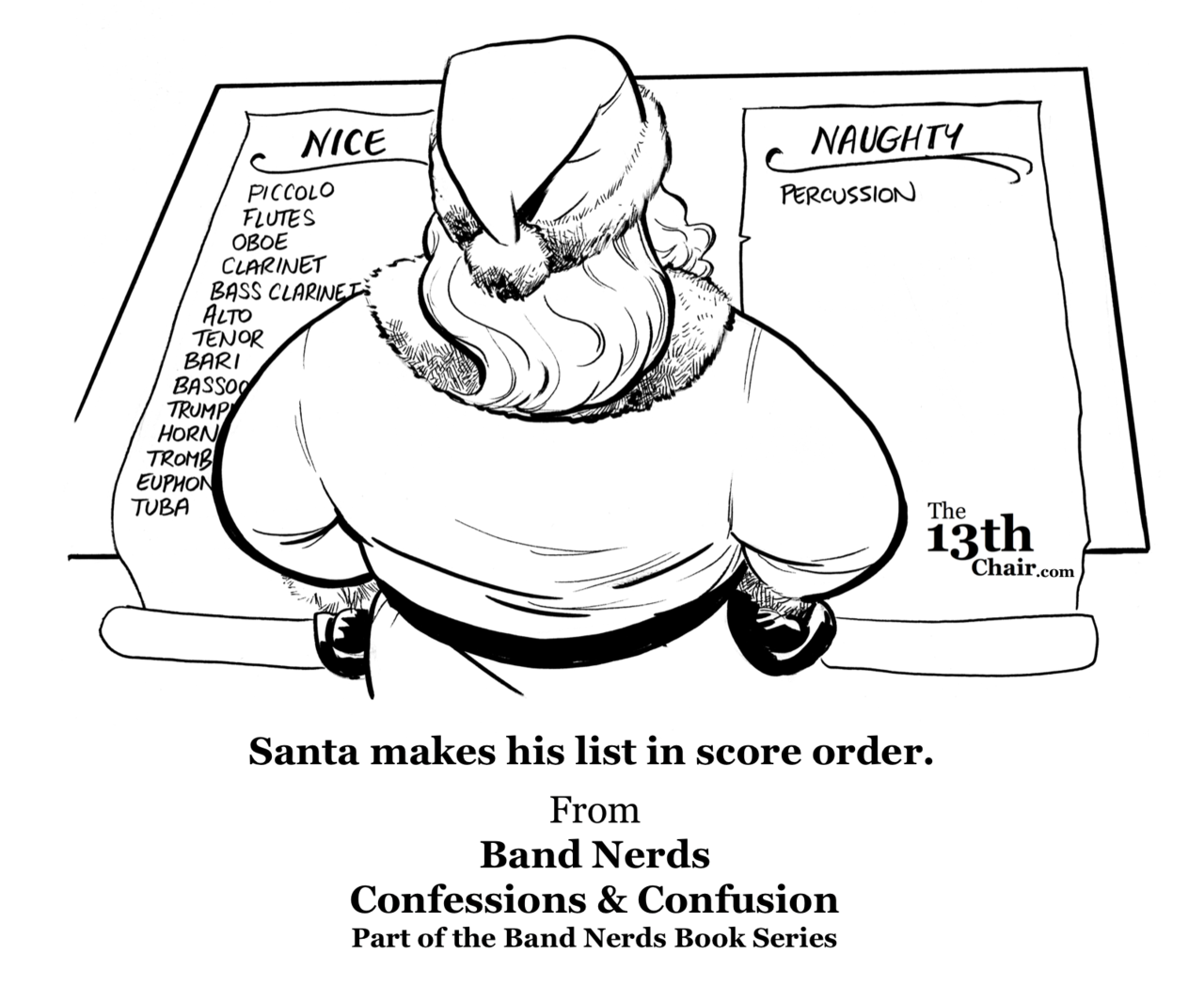Blog
Joseph Carl Firrantello (December 16, 1937 – January 10, 1986), known as Joe Farrell, was an American jazz multi-instrumentalist who primarily performed as a saxophonist and flautist. He is best known for a series of albums under his own name on the CTI record label and for playing in the initial incarnation of Chick Corea‘s Return to Forever.
Farrell was born in Chicago Heights, Illinois. As a child, Farrell began playing the flute and clarinet. After graduating from the University of Illinois at Urbana–Champaign in 1959, he moved to New York City to work as a freelance musician. He joined the Ralph Marterie Band in 1957 and later played with Maynard Ferguson and The Thad Jones/ Mel Lewis Orchestra. He also recorded with Charles Mingus, Andrew Hill, Jaki Byard, Players Association and Elvin Jones. After the death of John Coltrane, Elvin Jones formed a pianoless trio with Jimmy Garrison and Farrell, recording two albums for Blue Note in 1968.
In the late 1960s and throughout the 1970s, Farrell performed with Chick Corea and Return to Forever. He is the flutist in Corea’s most famous work “Spain,” which is considered to be a modern jazz standard.
more...John Robert “Johnny Hammond” Smith (December 16, 1933 – June 4, 1997) was an American soul jazz and hard bop organist. Born in Louisville, Kentucky, he was a renowned player of the Hammond B-3 organ so earning “Hammond” as a nickname, which also avoided his being confused with jazz guitarist Johnny Smith.
Smith played with Paul Williams and Chris Columbo before forming his own group. His bands featured singers Etta Jones, Byrdie Green, saxophonists Houston Person, Earl Edwards, guitarists Eddie McFadden, Floyd Smith, James Clark, vibist Freddie McCoy. His career took off as he was serving as accompanist to singer Nancy Wilson. One of his last accomplishments also included Nancy Wilson. He wrote the song “Quiet Fire” for her Nancy Now!release in 1988.
After a 10-year spell on Prestige Records throughout the 1960s resulting in a series of albums, he signed for soul/R&B influenced Kudu imprint of Creed Taylor‘s well-regarded CTI Records jazz record label in 1971. His first album for Taylor, Break Out was chosen that year to launch Kudu. The album featured Grover Washington Jr. as a sideman prior to the launch of his career as a solo recording artist. Three further albums followed with Taylor on Kudu, as he decided to refer to himself as “Johnny Hammond”, after deciding to drop “Smith” from his name.
more...Ludwig van Beethoven (/ˈlʊdvɪɡ væn ˈbeɪtoʊvən/ ( listen); German: [ˈluːtvɪç fan ˈbeːtˌhoːfn̩] ( listen); baptised 16/17 December 1770 – 26 March 1827) was a German composer and pianist. Beethoven remains one of the most admired composers in the history of Western music; his works rank amongst the most performed of the classical music repertoire. His works span the transition from the classical period to the romantic era in classical music. His career has conventionally been divided into early, middle, and late periods. The “early” period, during which he forged his craft, is typically considered to have lasted until 1802. From 1802 to around 1812, his “middle” period showed an individual development from the “classical” styles of Joseph Haydn and Wolfgang Amadeus Mozart, and is sometimes characterized as “heroic”. During this time he began to suffer increasingly from deafness. In his “late” period from 1812 to his death in 1827, he extended his innovations in musical form and expression.
Born in Bonn, Beethoven’s musical talent was obvious at an early age, and he was initially harshly and intensively taught by his father Johann van Beethoven. Beethoven was later taught by the composer and conductor Christian Gottlob Neefe, under whose tutelage he published his first work, a set of keyboard variations, in 1783. He found relief from a dysfunctional home life with the family of Helene von Breuning, whose children he loved, befriended, and taught piano. At age 21, he moved to Vienna, which subsequently became his base, and studied composition with Haydn. Beethoven then gained a reputation as a virtuoso pianist, and he was soon courted by Karl Alois, Prince Lichnowsky for compositions, which resulted in his three Opus 1 piano trios (the earliest works to which he accorded an opus number) in 1795.
His first major orchestral work, the First Symphony, appeared in 1800, and his first set of string quartets was published in 1801. During this period, his hearing began to deteriorate, but he continued to conduct, premiering his Third and Fifth Symphonies in 1804 and 1808, respectively. His Violin Concerto appeared in 1806. His last piano concerto (No. 5, Op. 73, known as the ‘Emperor’), dedicated to his frequent patron Archduke Rudolf of Austria, was premiered in 1810, but not with Beethoven as soloist. He was almost completely deaf by 1814, and he then gave up performing and appearing in public. He described his problems with health and his unfulfilled personal life in two letters, his “Heiligenstadt Testament” (1802) to his brothers and his unsent love letter to an unknown “Immortal Beloved” (1812).
In the years from 1810, increasingly less socially involved, Beethoven composed many of his most admired works including his later symphonies and his mature chamber music and piano sonatas. His only opera, Fidelio, which had been first performed in 1805, was revised to its final version in 1814. He composed his Missa Solemnis in the years 1819–1823, and his final, Ninth, Symphony, one of the first examples of a choral symphony, in 1822–1824. Written in his last years, his late string quartets of 1825–26 are amongst his final achievements. After some months of bedridden illness, he died in 1827. Beethoven’s works remain mainstays of the classical music repertoire.
more...n this image taken by the Hubble Space Telescope, you can see the sparkling, sprawling wonder of space. Featured in this image is the galaxy SDSS J225506.80+005839.9. This galaxy with its long (not exactly catchy) name can be seen in the center right of this image. The recently discovered galaxy lies about 500 million light-years from Earth and is a perfect example of what can be discovered by space telescopes like Hubble.

Carmine Appice (/ˈkɑːrmaɪn/ /æˈpiːs/) (born December 15, 1946 Brooklyn, NY) is an American drummer and percussionist most commonly associated with the rock genre of music. He is best known for his associations with Vanilla Fudge; Cactus; the power trio Beck, Bogert & Appice; Rod Stewart; King Kobra; and Blue Murder, which also featured John Sykes, of Whitesnake and Thin Lizzy fame, and Tony Franklin of The Firm. Appice was inducted into the Classic Drummer Hall of Fame in 2013 and the Modern Drummer Hall of Fame in 2014.
He is credited with influencing later rock drummers including Iron Maiden‘s Nicko McBrain, Aerosmith‘s Joey Kramer, Roger Taylor of Queen, Phil Collins of Genesis, Rush‘s Neil Peart, Mötley Crüe‘s Tommy Lee, Slayer‘s Dave Lombardo, Richard Christy, Chris Grainger, David Kinkade, Ray Mehlbaum, Led Zeppelin‘s John Bonham, Ian Paice of Deep Purple, Anvil‘s Robb Reiner and Eric Singer of Kiss.
His best-selling drum instruction book The Realistic Rock Drum Method. was first published in 1972 and has since been revised and republished as The Ultimate Realistic Rock Drum Method. It covers the basic subjects of rock rhythms and polyrhythms, linear rudiments and groupings, shuffle rhythms, hi-hat and double bass drum exercises.
Appice is the elder brother of drummer Vinny Appice by 11 years; they are of Italian descent.
https://www.youtube.com/watch?v=xyyhm1D7zlI
more...Eddie Palmieri (born December 15, 1936) is a Grammy Award-winning pianist, bandleader, musician, and composer of Puerto Rican ancestry. He is the founder of the bands La Perfecta, La Perfecta II, and Harlem River Drive.
Palmieri’s parents moved to New York from Ponce, Puerto Rico, in 1926, and settled in the South Bronx, a largely Jewish neighborhood. There, he and his elder brother, Charlie Palmieri, were born. He accompanied Charlie and participated in many talent contests when he was eight years old. Palmieri continued his education in the city’s public school system where he was constantly exposed to music, specifically jazz. He took piano lessons and performed at Carnegie Hall when he was 11 years old. His main influences were Thelonious Monk and McCoy Tyner. Inspired by his older brother, he was determined to someday form his own band – something he achieved in 1950, when he was fourteen years old. During the 1950s, Palmieri played in various bands, including Tito Rodríguez‘s.
more...Charles Daniel Richmond (December 15, 1931 – March 16, 1988) was an American jazz drummer who is best known for his work with Charles Mingus. He also worked with Joe Cocker, Elton John and Mark-Almond.
Richmond was born Charles Daniel Richmond on December 15, 1931, in New York City and grew up in Greensboro, North Carolina. He started playing tenor saxophone at the age of thirteen, and went on to play R&B with the Paul Williams band in 1955.
His career took off when he took up the drums, in his early twenties, through the formation of what was to be a 21-year association with Charles Mingus. Mingus biographer Brian Priestley writes that “Dannie became Mingus’s equivalent to Harry Carney in the Ellington band, an indispensable ingredient of ‘the Mingus sound’ and a close friend as well”.
That association continued after Mingus’ death when Richmond became the first musical director of the group Mingus Dynasty in 1980.
He died of a heart attack in Harlem on March 16, 1988, at the age of 56.
https://www.youtube.com/watch?v=Y8x3LWVC1L4
more...Curtis DuBois Fuller (born December 15, 1934) is an American jazz trombonist, known as a member of Art Blakey‘s Jazz Messengers and contributor to many classic jazz recordings.
Fuller’s Jamaican-born parents died when he was young; he was raised in an orphanage. While in Detroit he was a school friend of Paul Chambersand Donald Byrd, and also knew Tommy Flanagan, Thad Jones and Milt Jackson. After army service between 1953 and 1955 (when he played in a band with Chambers and brothers Cannonball and Nat Adderley), Fuller joined the quintet of Yusef Lateef, another Detroit musician. In 1957 the quintet moved to New York, and Fuller recorded his first sessions as a leader for Prestige Records.
Alfred Lion of Blue Note Records first heard Fuller playing with Miles Davis in the late 1950s, and featured him as a sideman on record dates led by Sonny Clark (Dial “S” for Sonny, Sonny’s Crib) and John Coltrane (Blue Train). Fuller led four dates for Blue Note, though one of these, an album with Slide Hampton, was not issued for many years. Other sideman appearances over the next decade included work on albums under the leadership of Bud Powell, Jimmy Smith, Wayne Shorter, Lee Morgan and Joe Henderson (a former roommate at Wayne State University in 1956).
more...Barry Doyle Harris (born December 15, 1929) is an American jazz pianist, bandleader, composer, arranger, and educator. He is an exponent of the bebop style. Harris began learning the piano at the age of four. His mother, a church pianist, asked him if he was interested in playing church music or jazz. Having picked the latter, he was influenced by Thelonious Monk and Bud Powell. In his teens he learned bebop largely by ear, imitating solos by Powell. He claimed Powell’s style was the “epitome” of jazz. He performed for dances in clubs and ballrooms. He was based in Detroit through the 1950s and worked with Miles Davis, Sonny Stitt, and Thad Jones and substituted for Junior Mance in the Gene Ammons band. In 1956 he toured briefly with Max Roach after Richie Powell, the band’s pianist and younger brother of Bud Powell, died in a car crash.
Harris performed with Cannonball Adderley‘s quintet and on television with them. After moving to New York City, he worked as an educator and performed with Dexter Gordon, Illinois Jacquet, Yusef Lateef and Hank Mobley. Between 1965 and 1969, he worked extensively with Coleman Hawkins at the Village Vanguard.
more...https://www.youtube.com/watch?v=9-yhNtQCUxM
more...https://www.youtube.com/watch?v=RY2fr13ibFc
more...The narrow galaxy elegantly curving around its spherical companion in this image is a fantastic example of a truly strange and very rare phenomenon. This image, taken with the NASA/ESA Hubble Space Telescope, depicts GAL-CLUS-022058s, located in the southern hemisphere constellation of Fornax (The Furnace). GAL-CLUS-022058s is the largest and one of the most complete Einstein rings ever discovered in our Universe. The object has been nicknamed by the Principal Investigator and his team who are studying this Einstein ring as the “Molten Ring”, which alludes to its appearance and host constellation. First theorised to exist by Einstein in his general theory of relativity, this object’s unusual shape can be explained by a process called gravitational lensing, which causes light shining from far away to be bent and pulled by the gravity of an object between its source and the observer. In this case, the light from the background galaxy has been distorted into the curve we see by the gravity of the galaxy cluster sitting in front of it. The near exact alignment of the background galaxy with the central elliptical galaxy of the cluster, seen in the middle of this image, has warped and magnified the image of the background galaxy around itself into an almost perfect ring. The gravity from other galaxies in the cluster is soon to cause additional distortions. Objects like these are the ideal laboratory in which to research galaxies too faint and distant to otherwise see.

Christopher William Parkening (born December 14, 1947) is an American classical guitarist. He holds the Chair of Classical Guitar at Pepperdine University under the title Distinguished Professor of Music.
Parkening was born in Los Angeles, California. His cousin Jack Marshall, a studio musician active in the 1960s, introduced Parkening to the recordings of Andrés Segovia when he was 11 and encouraged his classical guitar studies. By the age of 19 he had embarked on a professional career of regular touring and recording. Segovia has stated that, “Christopher Parkening is a great artist—-he is one of the most brilliant guitarists in the world.” At age 30, Parkening withdrew from public performances and recording seeking a respite from the demands of a professional career and a chance to pursue his hobby of fly fishing. During this period Parkening rarely played guitar choosing instead to focus his attention on his Montana ranch and trout stream. While visiting his Southern California home in winter, a neighbor invited Parkening to the Grace Community Church. Profoundly affected by this experience Parkening returned to recording and performing with a renewed sense of purpose. He then released Simple Gifts, an album of traditional Christian hymns arranged for classical guitar. His autobiography Grace Like a River was published in 2006.
more...Phineas Newborn Jr. (December 14, 1931 – May 26, 1989) was an American jazz pianist, whose principal influences were Art Tatum, Oscar Peterson, and Bud Powell.
Newborn was born in Whiteville, Tennessee, and came from a musical family: his father, Phineas Newborn Sr., was a drummer in blues bands,[2]and his younger brother, Calvin, a jazz guitarist. He studied piano as well as trumpet, and tenor and baritone saxophone.
Before moving on to work with Lionel Hampton, Charles Mingus, and others, Newborn first played in an R&B band led by his father on drums, with his brother Calvin on guitar, Tuff Green on bass, Ben Branch and future Hi Records star Willie Mitchell. The group was the house band at the now famous Plantation Inn Club in West Memphis, Arkansas, from 1947 to 1951, and recorded as B. B. King‘s band on his first recordings in 1949, as well as the Sun Records sessions in 1950. They left West Memphis in 1951 to tour with Jackie Brenston as the “Delta Cats” in support of the record “Rocket 88“, recorded by Sam Phillips and considered by many to be the first ever rock & roll record (it was the first Billboard No. 1 record for Chess Records).
more...Leo Wright (December 14, 1933 in Wichita Falls, Texas – January 4, 1991 in Vienna) was an American jazz musician who played alto saxophone, flute and clarinet. He played with Charles Mingus, Booker Ervin, John Hardee, Kenny Burrell, Johnny Coles, Blue Mitchell and Dizzy Gillespie in the late 1950s, early 1960s and in the late 1970s. Relocating to Europe in 1963, Wright settled in Berlin and later Vienna. During this time he performed and recorded primarily in Europe, using European musicians or fellow American expatriates, such as Kenny Clarke and Art Farmer. He died of a heart attack in 1991 at the age of 57.
more...More Posts
- Ginger Baker: Legendary Cream drummer dies aged 80
- The Cosmos with Arp 272
- Larry Young Day
- Mel Brown Day
- Papa Jo Jones Day
- World Music with Giora Feidman
- Daily Roots with Barry Brown
- The Cosmos with Barnard 33
- Millie Small Day
- Tony Allen Day
- Sammy Price Day
- World Fusion with Duplessy & The Violins of the World
- Daily Roots with Freddie McKay
- The Cosmos with ESO 243-49
- Delroy Wilson Day
- Steve Miller Day
- Left Hand Frank Day
- Jimmy Blanton Day
- World Music with Eric Daro ft Braima Galissá
- Daily Roots with Leroy Smart
